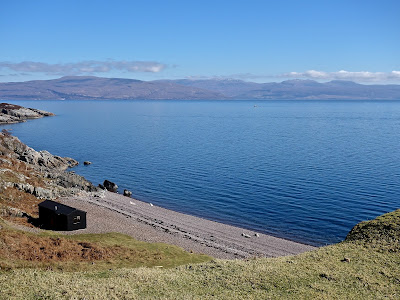 |
| Hey Dudes the party's over |
Dave and George began their adventures by desecrating what used to be trusted British public services. Stripping out resources for schools, roads, social care, housing, nurseries, sports, the arts, green initiatives and community facilities. Selling off public assets, creating academies to be run by American companies and allowing G4S to run everything else. Commissioning nuclear power stations from French companies with Chinese money. Reorganising the NHS at enormous expense and then claiming innocence when it goes belly up.
They encouraged the sovereign funds of the Middle East or American global multi-national companies to buy out British companies; they were negligent in letting companies like Amazon, Starbucks, Coca-Cola, Google and Facebook evade paying tax; and they used modern apprenticeships to subsidise companies including supermarket chains to pay minimal wages.
At home they continued the purge of social housing and then taxed 'alleged' under-occupancy, they have year-on-year reduced taxes for the super-rich and increased tax-free saving allowances whilst holding back or reducing working tax credits and disability payments. They ignored the findings of the Leveson Inquiry and allowed the press to continue to regulate themselves despite their abysmal record on complaints and the tragic outcome of phone hacking. They have conducted a serial campaign against the BBC requiring them to pay for free licenses for older citizens and threatening the future independence of one of the few globally trusted and innovative sources of news, information and creative programming.
They failed to participate positively in Europe, bombed Libya, and continued to support the weapons industry to sell to countries ramping up conflict in the Middle East. They have refused to seek exemptions from the Transatlantic Trade and Investment Partnership (TTIP) for the NHS, Education, Railways and other services or to inform the public of this latent assault on democracy. They also have been phenomenally successful in directing capital infrastructure investment towards London and the South East and created a divided Britain in the process.
Amazingly they then won an overall majority in Parliament with just 24% of the electorate voting for them, after refusing to allow any changes to the voting system in the previous parliament and shredding their coalition partners in the process. And now to avoid a conflict in the Tory party over Europe, they have unwittingly started a civil war within the party with those who support Brexit. This looks more like a bogus journey than an excellent adventure.
What amazing dudes.






















































